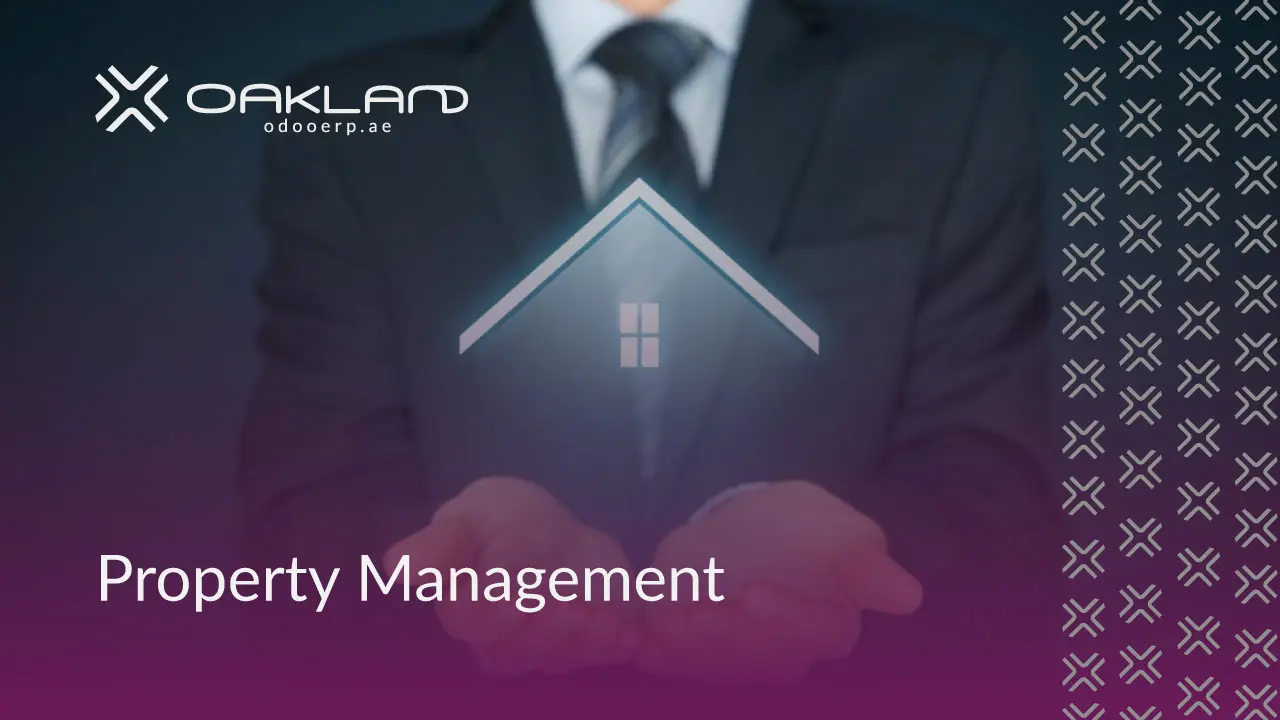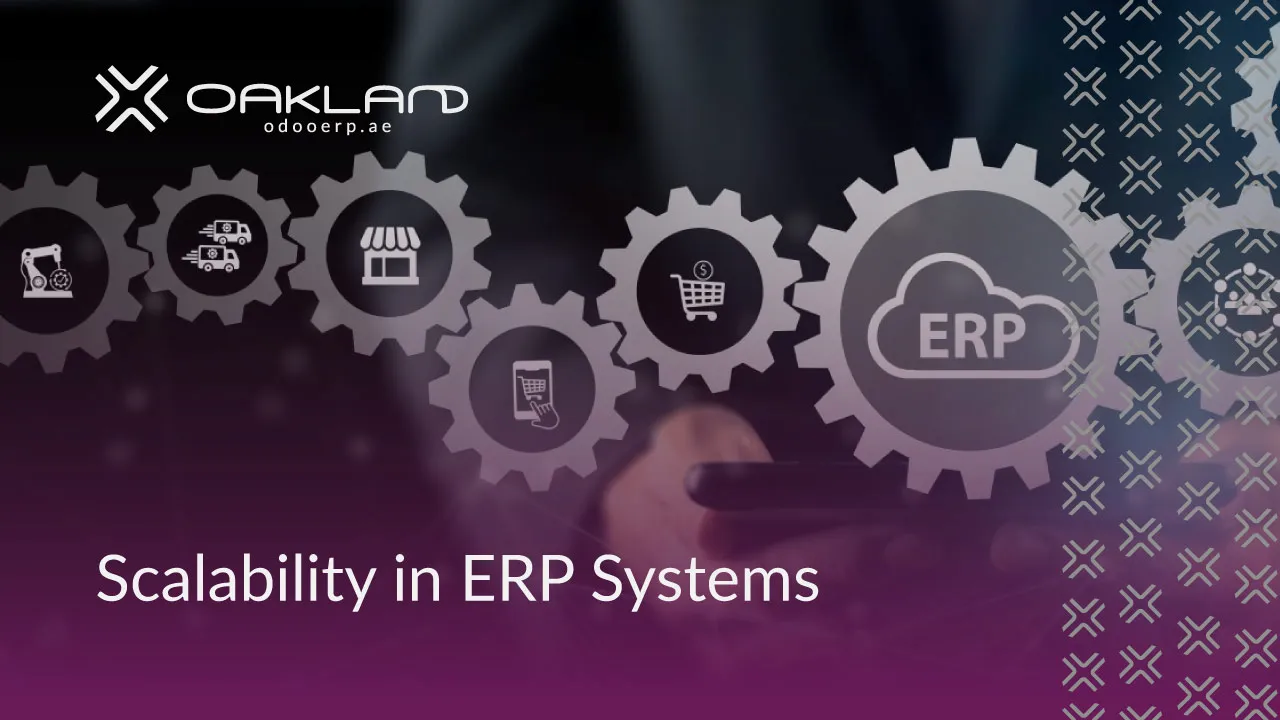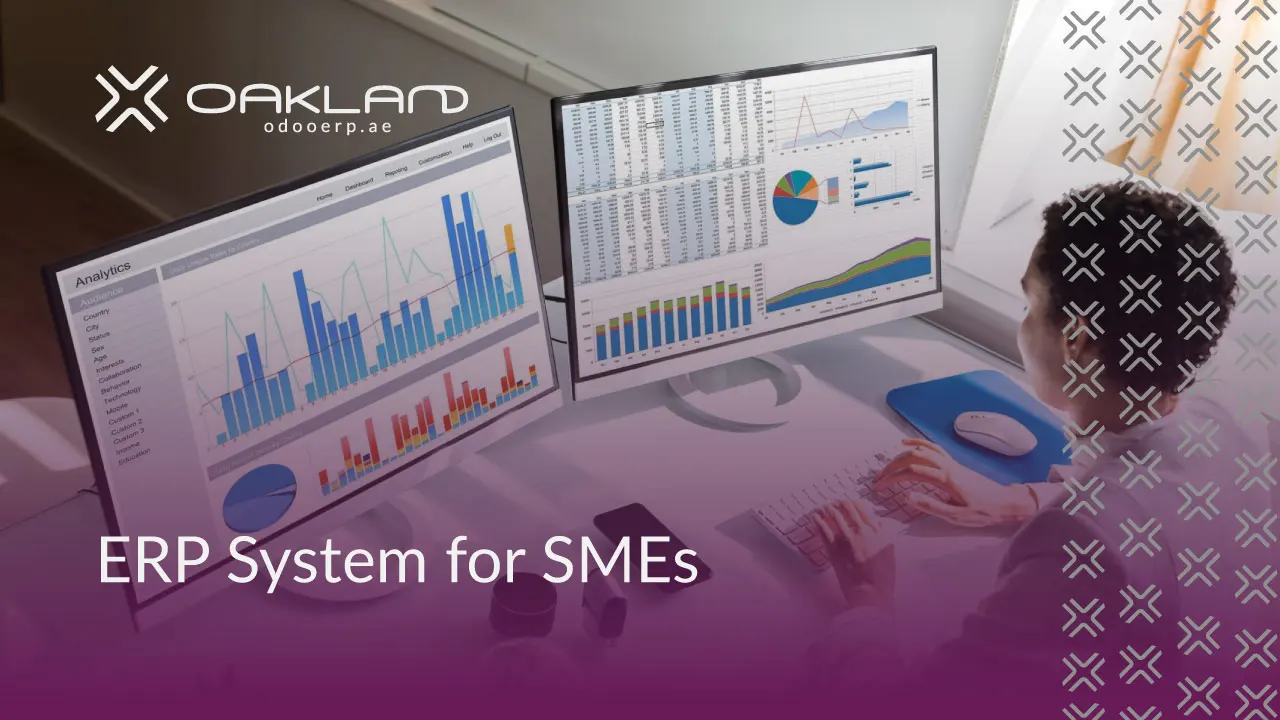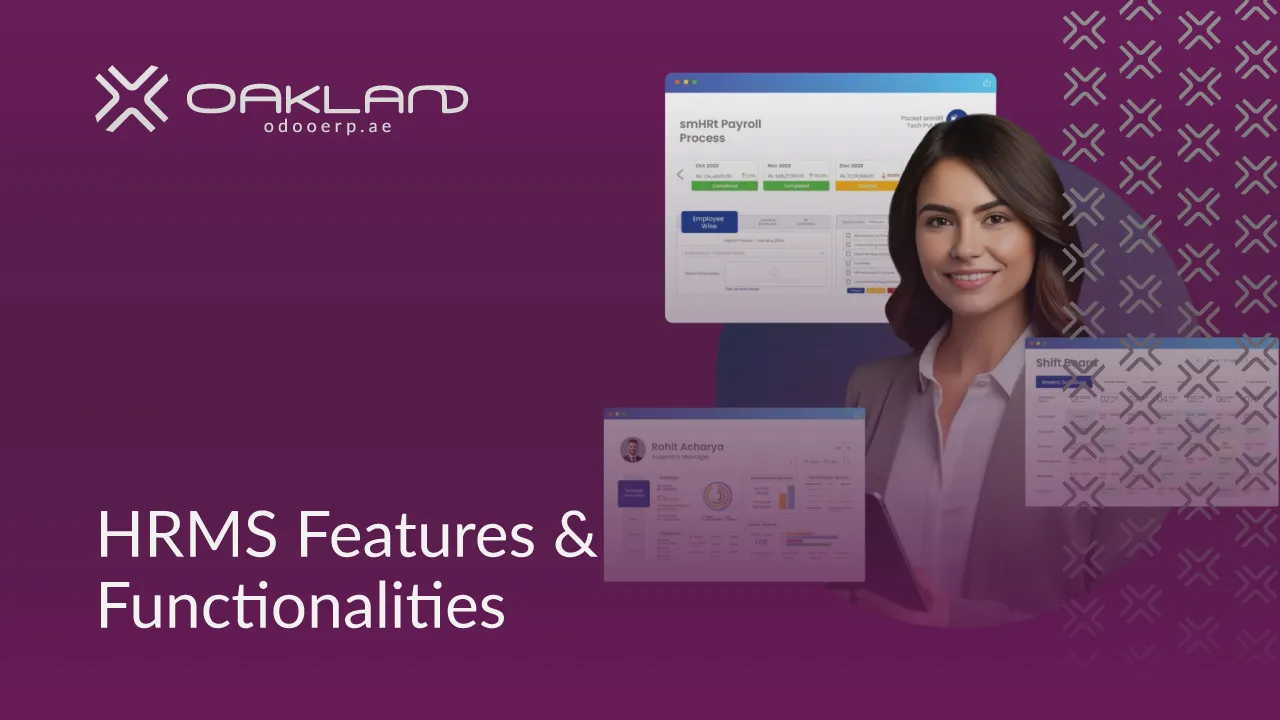ERP Systems Needs for SMEs
Managing Small businesses becomes more complicated and demanding overtime. As business grow, the need for better tools to manage operations follow. However, the requirements of SMEs are not the same for larger enterprises.
What is an ERP System?
Enterprise Resource Planning (ERP) systems are integrated software solutions designed to help businesses manage core processes within a unified platform.
These systems connect various business functions such as finance, sales, inventory, and human resources, allowing seamless data flow and improved visibility across departments. By centralizing operations, ERP systems streamline tasks, reduce redundancies, and improve decision-making with real-time data.
For SMEs, an ERP system is invaluable. It simplifies complex workflows, eliminating manual processes that often lead to inefficiencies. With an ERP system, SMEs can operate more efficiently, focus on growth, and scale their operations without losing control over their processes.
Why SMEs Need ERP
Without an ERP system, many SMEs struggle with disconnected systems and data silos. This results in inefficient operations, data duplication, and a lack of real-time insights into their business. As SMEs grow, these challenges intensify, slowing down productivity and increasing operational costs.
ERP systems solve these problems by integrating key business functions, improving accuracy, and enabling better resource allocation. For SMEs aiming for long-term success, investing in ERP becomes crucial to staying competitive in today’s fast-paced.
Key Factors That Affect ERP Costs
Plenty of factors can affect the cost of ERP, but the main are:
ERP Software Licensing Models
When choosing an ERP system, the licensing model significantly impacts the overall cost. There are two primary models: cloud-based and on-premise.
- Cloud-based ERP is hosted off-site by a service provider, typically offered as a subscription service. This option generally requires a lower upfront investment and is ideal for SMEs looking for a cost-effective, scalable solution. However, ongoing subscription fees can accumulate over time.
- On-premise ERP, on the other hand, involves purchasing the software outright and hosting it on your own servers. While the initial cost is higher, there are no recurring subscription fees, making it a potentially more affordable option in the long run if your SME has the necessary IT infrastructure.
Cloud-based ERP is the main choice for most of the businesses today. On-premise ERP is preferred by companies who want higher layers of security.
For SMEs, cloud-based ERP is often the more affordable option because it eliminates the need for expensive hardware and IT maintenance. However, considering long-term business needs and comparing both models is essential for making a cost-effective decision.
Implementation and Customization Costs
Beyond software licensing, the implementation and customization of an ERP system can drive up costs. Implementation includes setup, data migration, and training for your team. Customization refers to tailoring the ERP system to fit the unique needs of your business.
Customizations are essential for SMEs. Even small customization can increase productivity of teams, and make their tasks easier.
It’s important to keep customization minimal to avoid inflated costs. Unnecessary modifications can increase the complexity of the system, making future updates and maintenance more expensive.
To stay within budget, SMEs should focus on utilizing the core features of the ERP and only customizing where necessary.
Strategies to Find an Affordable ERP System
The right strategy reduces the cost greatly. Here is how to start.
Choosing a Scalable Solution
For SMEs, scalability is a key consideration when selecting an ERP system. As your business grows, so do your operational needs. Opting for a scalable ERP solution ensures that your system can handle increased workloads and more users without requiring a complete overhaul or significant investment in new software.
A scalable system lets SMEs start with essential modules and expand over time as their budget and needs evolve. This approach not only saves costs upfront but also provides long-term flexibility, reducing the need to invest in entirely new systems as the business grows.
Open-Source ERP Options
Open-source ERP systems present an attractive, affordable option for SMEs. These systems are typically free to use, with costs limited to implementation, customization, and support services. The open-source model gives businesses the flexibility to tailor the software to their specific needs without the recurring fees associated with proprietary solutions.
Please do not mistake the term “Free to use” as you getting a free software. This only means it is free for developers to alter the code to your needs. For you, it means it is cheaper to customize.
Negotiating Costs with ERP Vendors
Some prices are fixed, and some costs can’t be avoided. However, you can save money and avoid items you do not need.
Getting the Best Deal
When it comes to negotiating with ERP vendors, SMEs have several opportunities to secure better deals. Start by understanding the full scope of the ERP system you need—clarifying your must-have features versus nice-to-have ones. This approach gives you more leverage during negotiations, allowing you to focus on pricing for the features that matter most to your business.
Be sure to negotiate on licensing fees, especially if you’re opting for a subscription-based model. You can ask vendors for discounts based on the number of users or negotiate for a longer-term contract to lock in lower rates. Additionally, negotiating for implementation services like training and support can reduce overall costs, especially if bundled with the software purchase.
SMEs should also request vendor references or case studies that showcase how similar businesses achieved cost-effective solutions with the ERP. This insight can provide useful benchmarks when entering negotiations.
Taking Advantage of Discounts and Promotions
ERP vendors often offer promotions, discounts, or subscription plans that can make systems more affordable. To take advantage of these, SMEs should time their purchases strategically—vendors may provide deals during end-of-quarter sales or product launches.
Another effective way to lower costs is by negotiating long-term contracts in exchange for better pricing. Multi-year commitments often come with reduced rates or bundled services, making ERP systems more accessible for growing businesses. SMEs should also inquire about any non-profit or startup discounts some vendors offer, which can further drive down costs.
By staying informed about current promotions and actively seeking discounts, SMEs can implement ERP systems at a lower price point without sacrificing quality or functionality.
Avoiding Hidden Costs in ERP Implementation
Ongoing Maintenance and Support Costs
While the upfront costs of an ERP system are crucial, the ongoing maintenance and support fees can quickly add up. Many SMEs overlook these expenses, leading to budget overruns down the line. To keep costs under control, it’s essential to fully understand the terms of your ERP vendor’s maintenance package. Some vendors offer free updates and support for a limited time, while others charge for each service call or upgrade.
To minimize these costs, SMEs should negotiate a support plan that aligns with their actual needs. Opt for tiered support levels that offer flexibility, such as limiting support to core business hours rather than 24/7, which can reduce fees. Additionally, make sure the system is designed for ease of maintenance, reducing the need for frequent external support.
Training and User Adoption Costs
Training and user adoption are often underestimated in the overall cost of an ERP system. A poorly trained team can lead to slow adoption, resulting in errors and inefficiencies that negate the benefits of the system. To avoid this, SMEs should invest in comprehensive training programs for their employees early on.
However, to keep costs manageable, consider online training resources and internal knowledge-sharing sessions. These can be more cost-effective than hiring external consultants for every training session. Ensure that the training focuses on the specific modules your business uses most, which will speed up user adoption without adding unnecessary training expenses.
Need an ERP System for you SME? Contact OdooERP.ae for an Effective ERP Solutions from Experienced Account Managers to Streamline your Business and Boost Efficiency.



